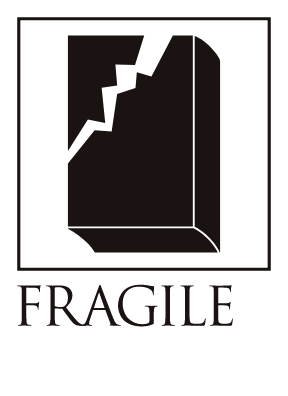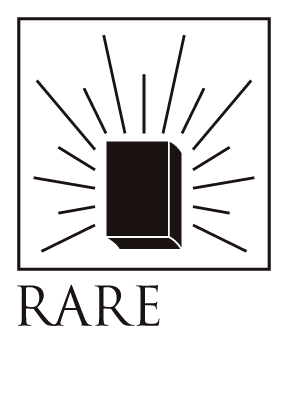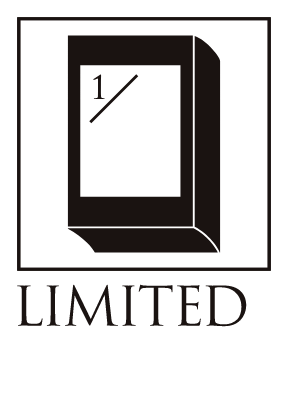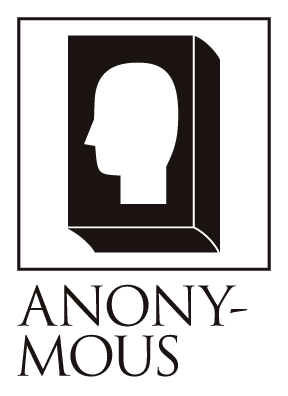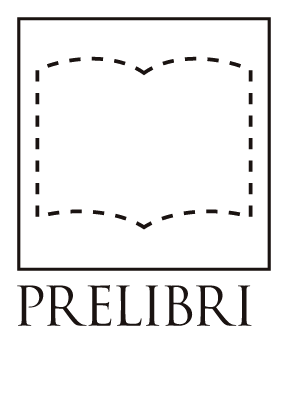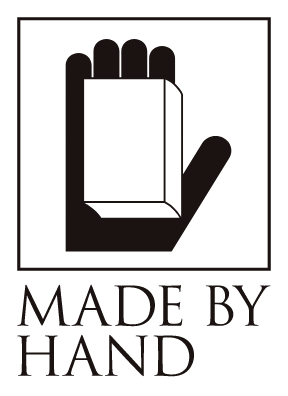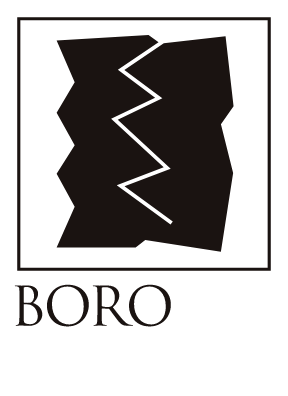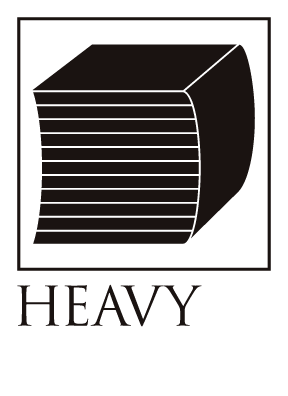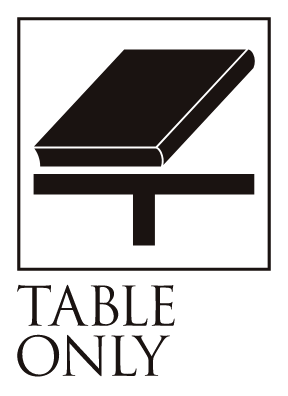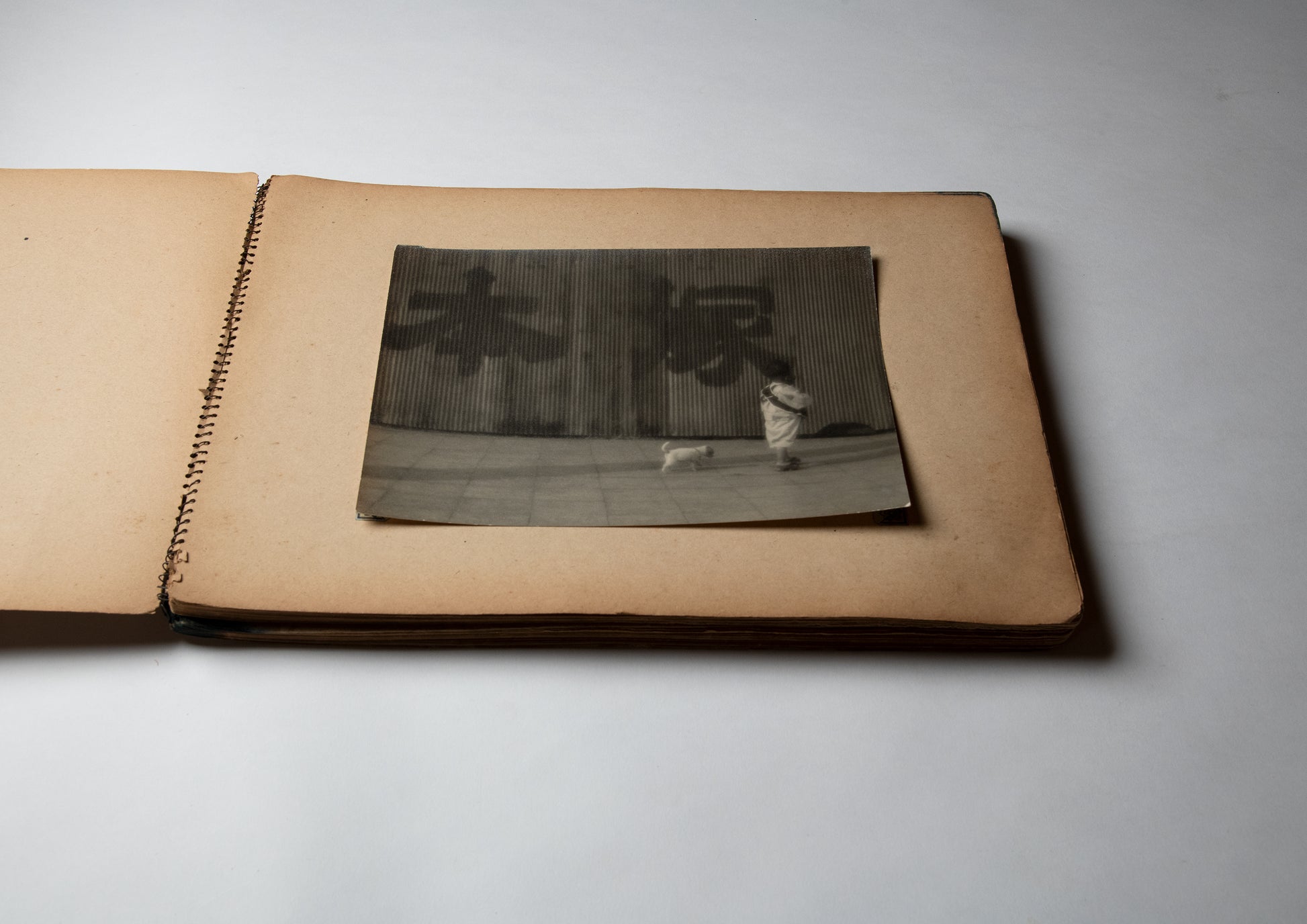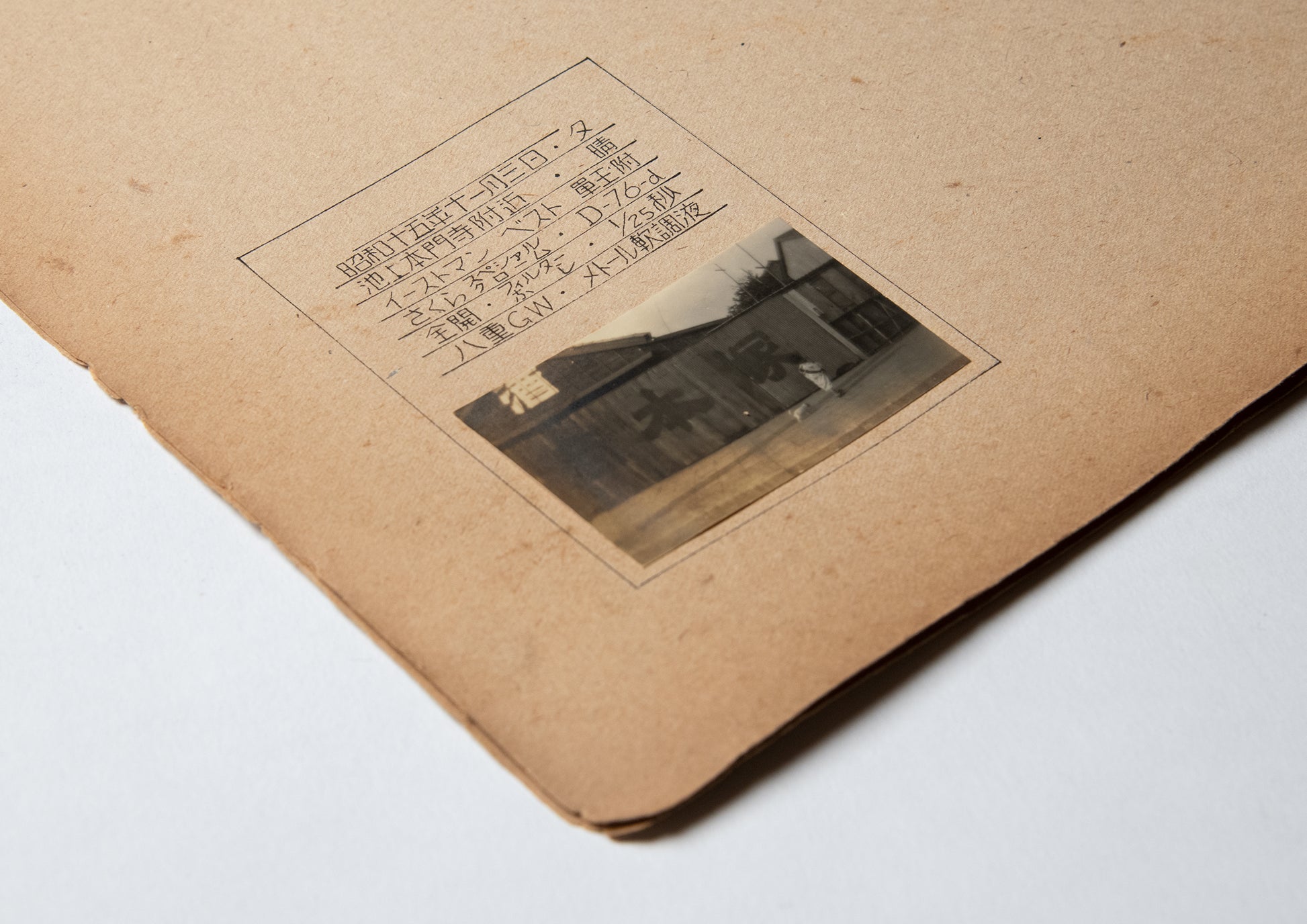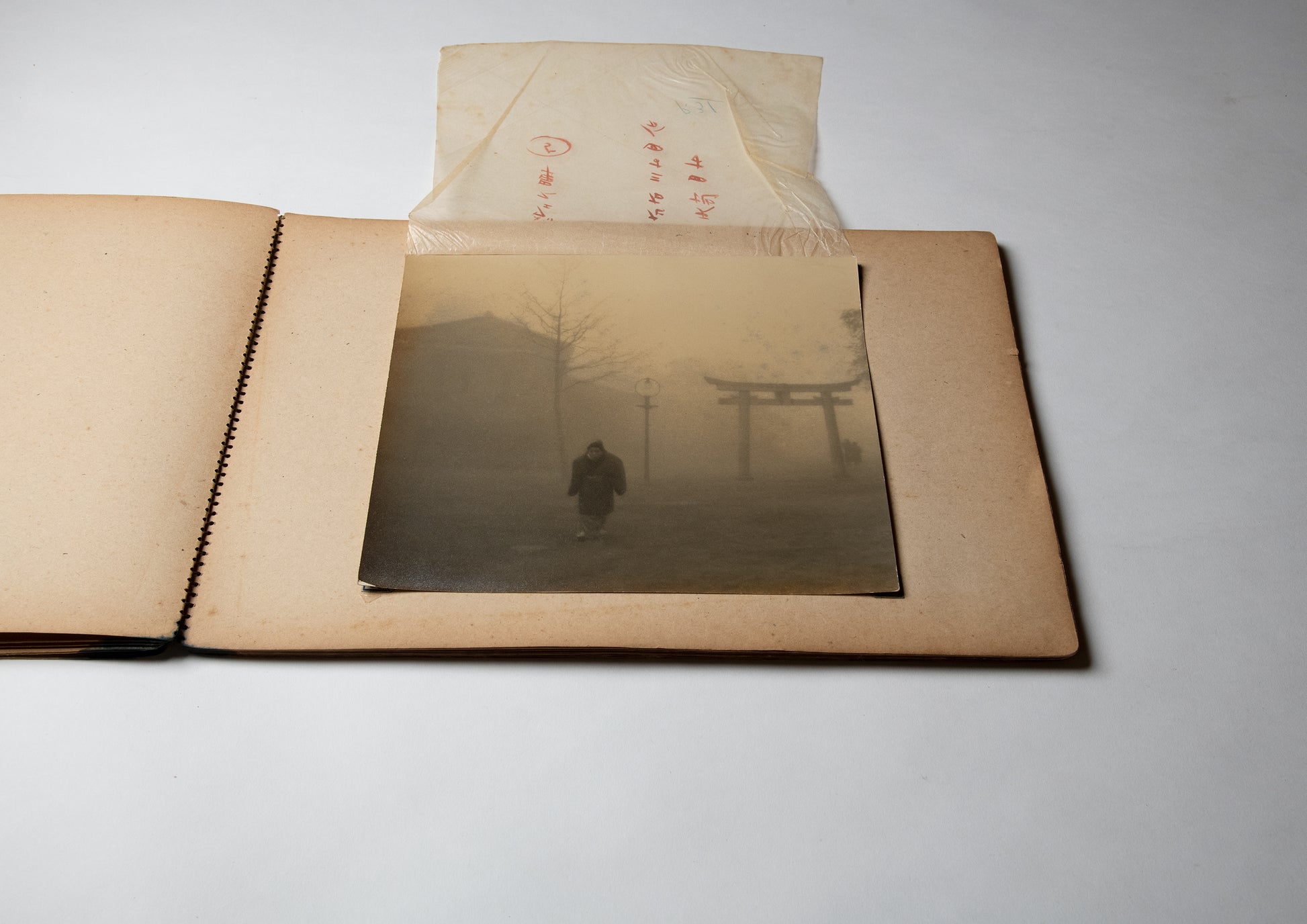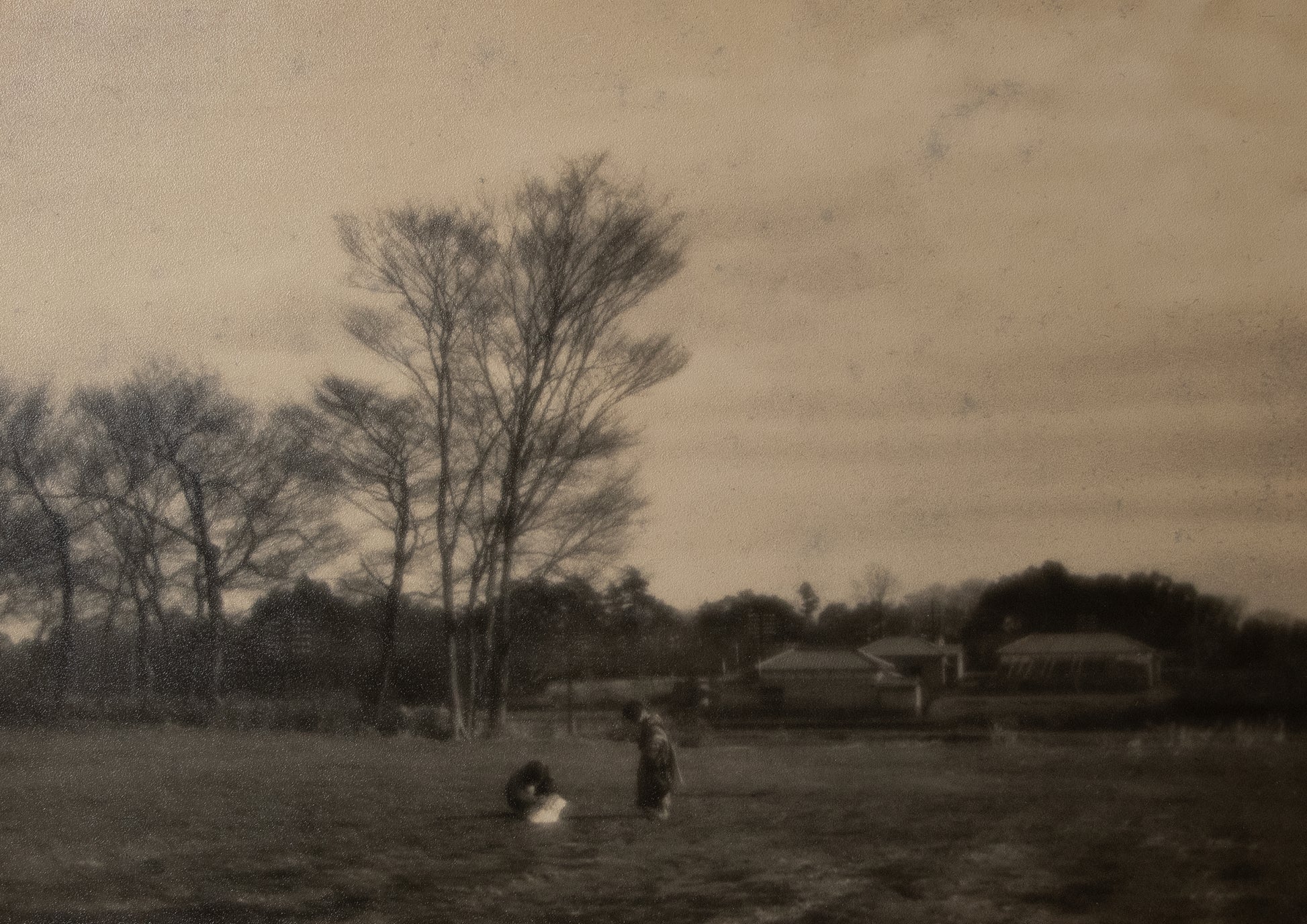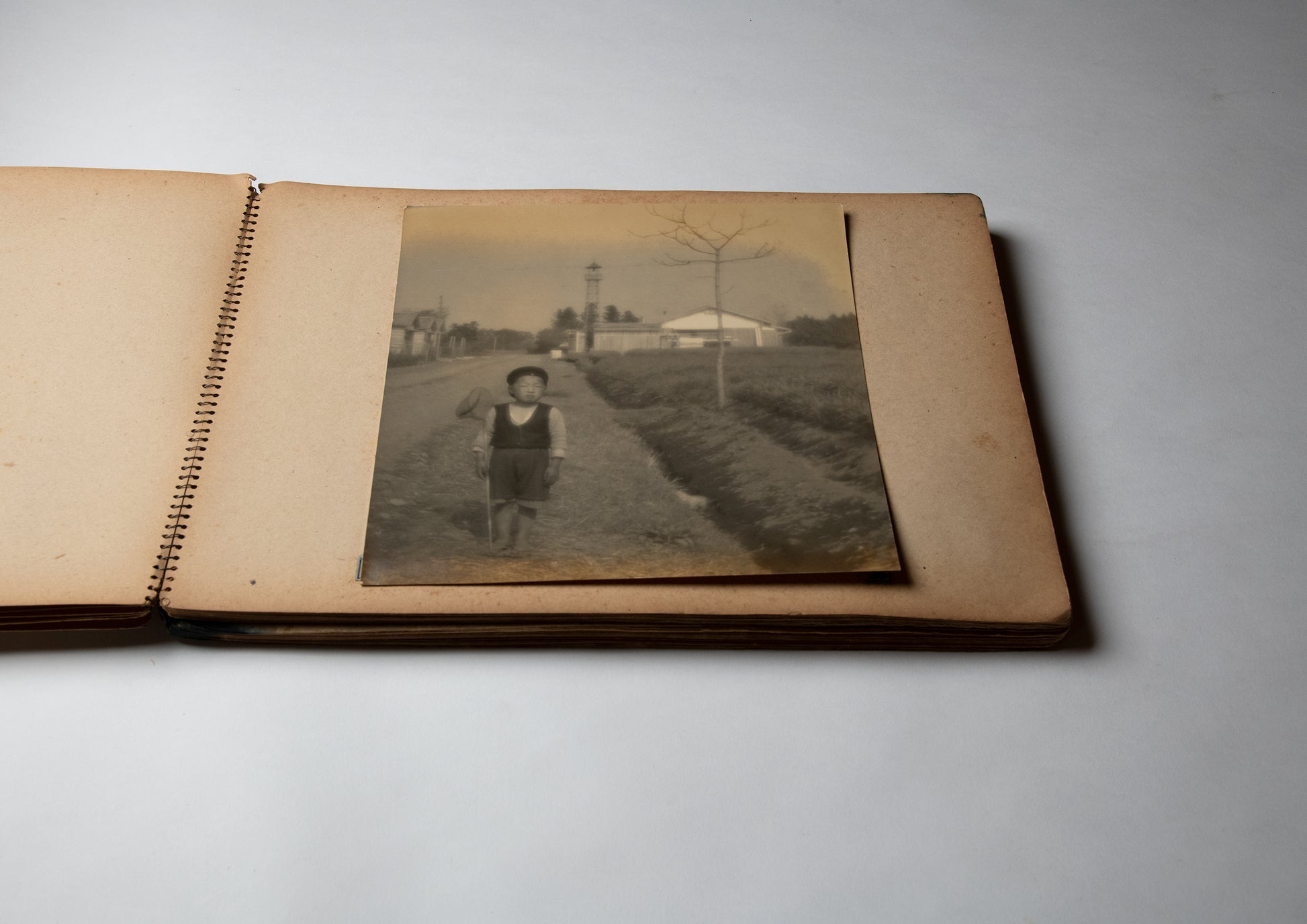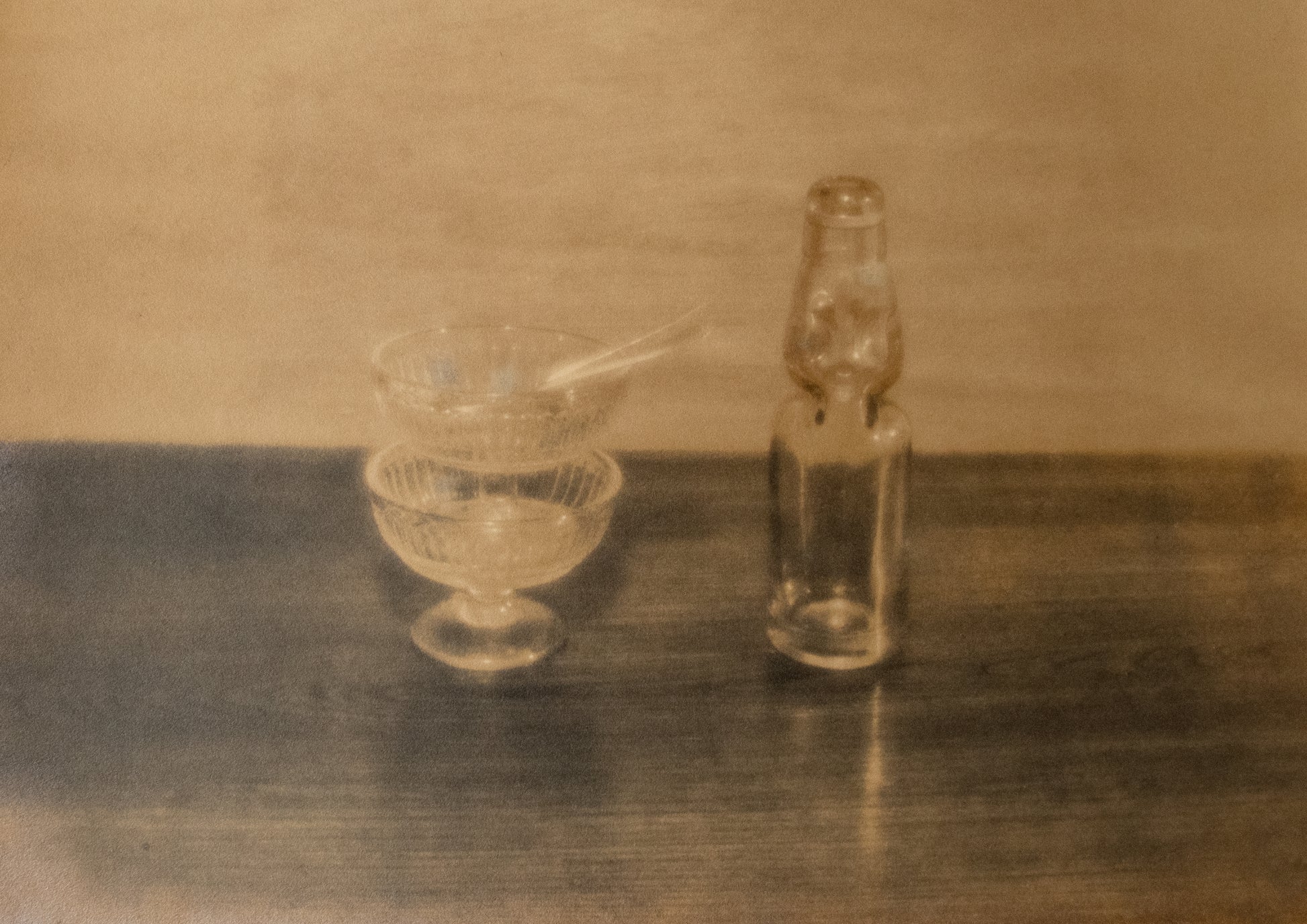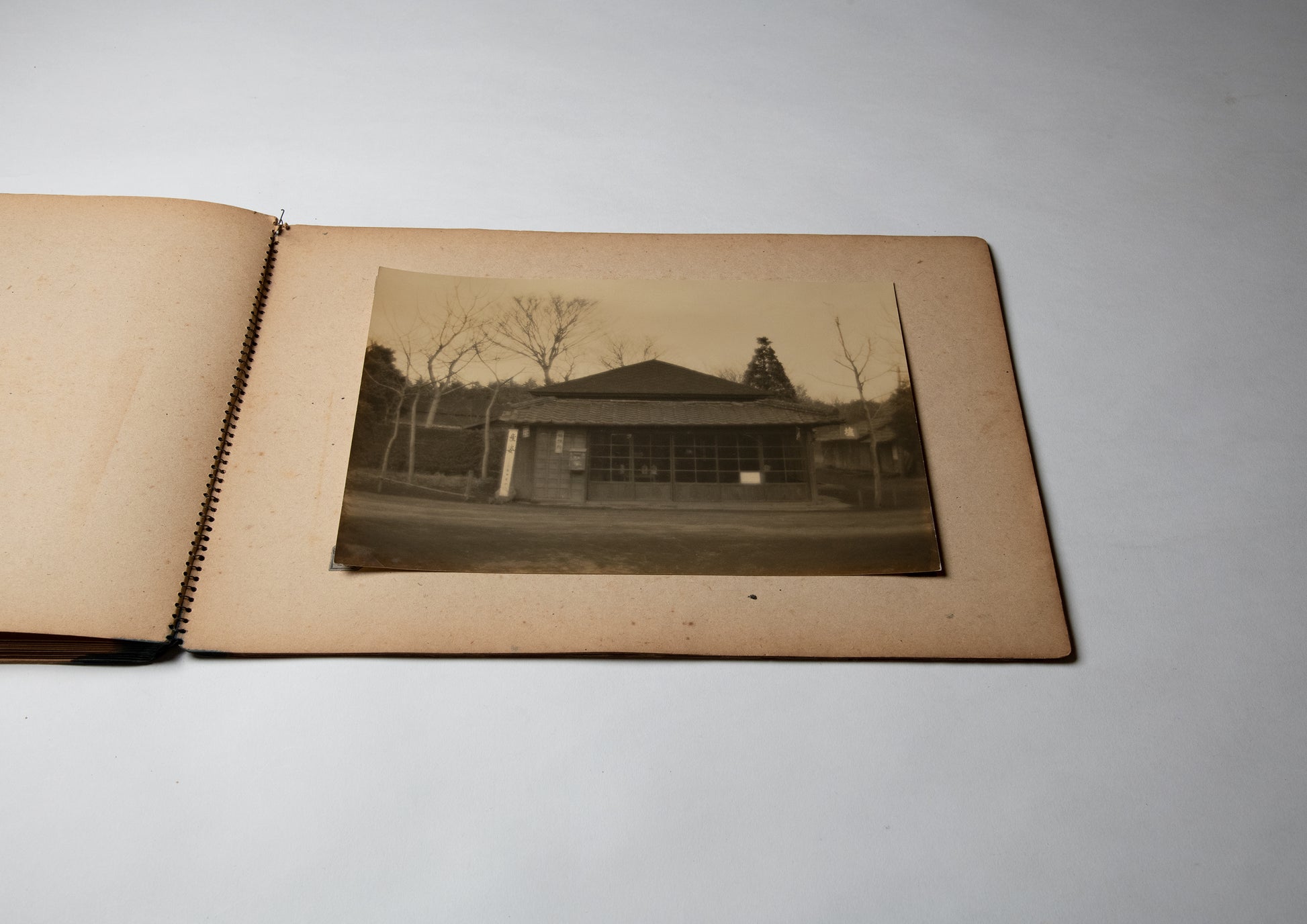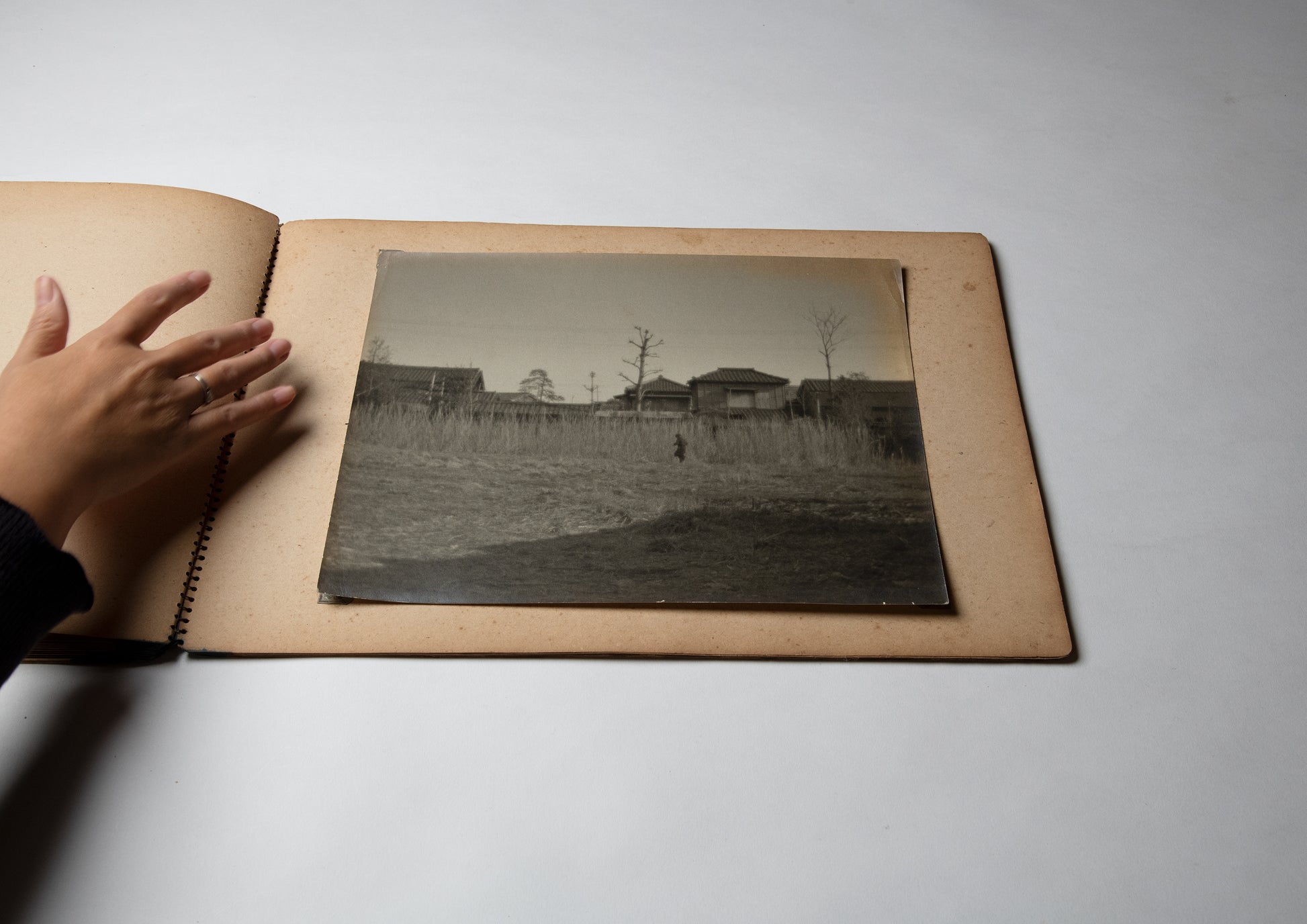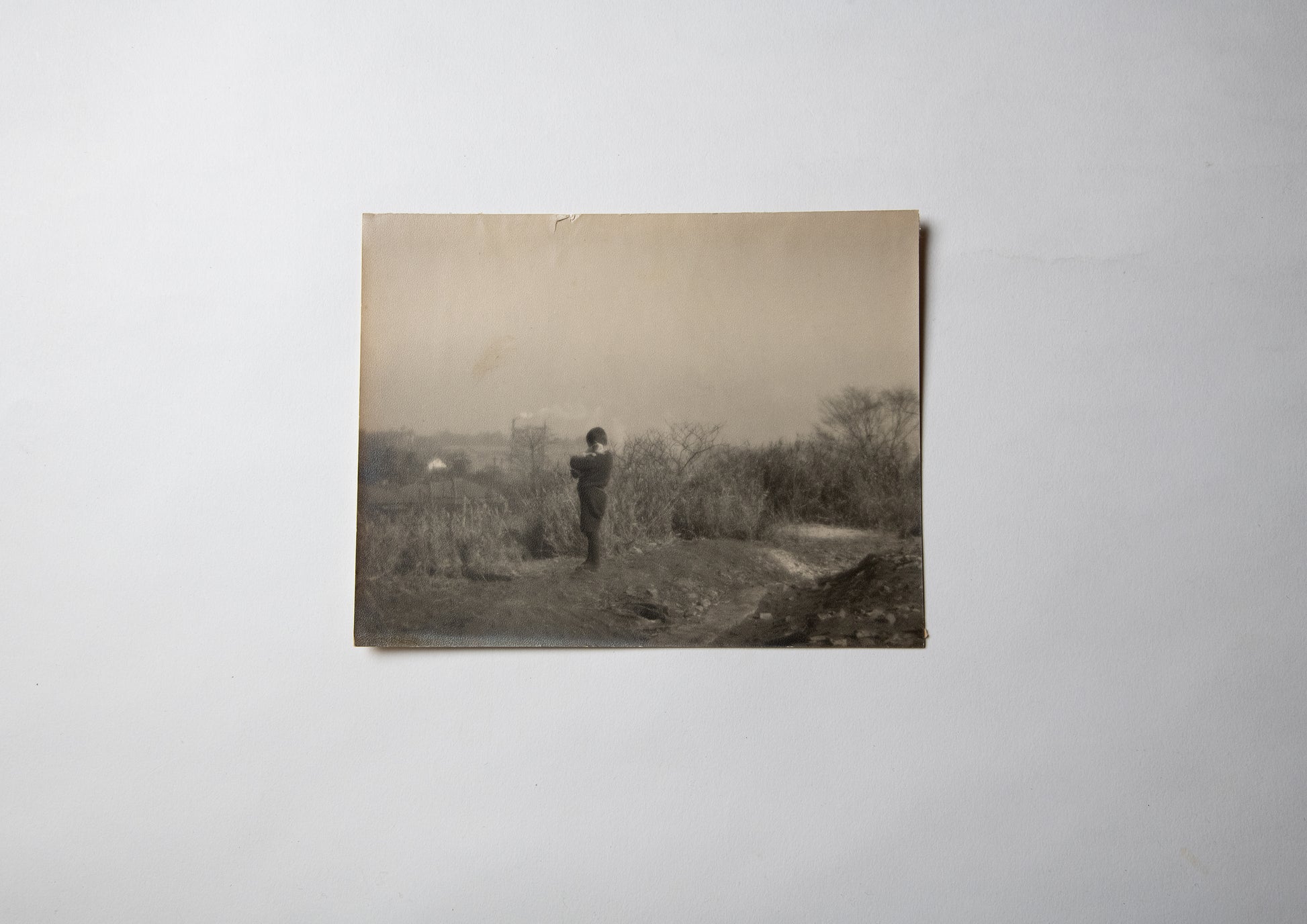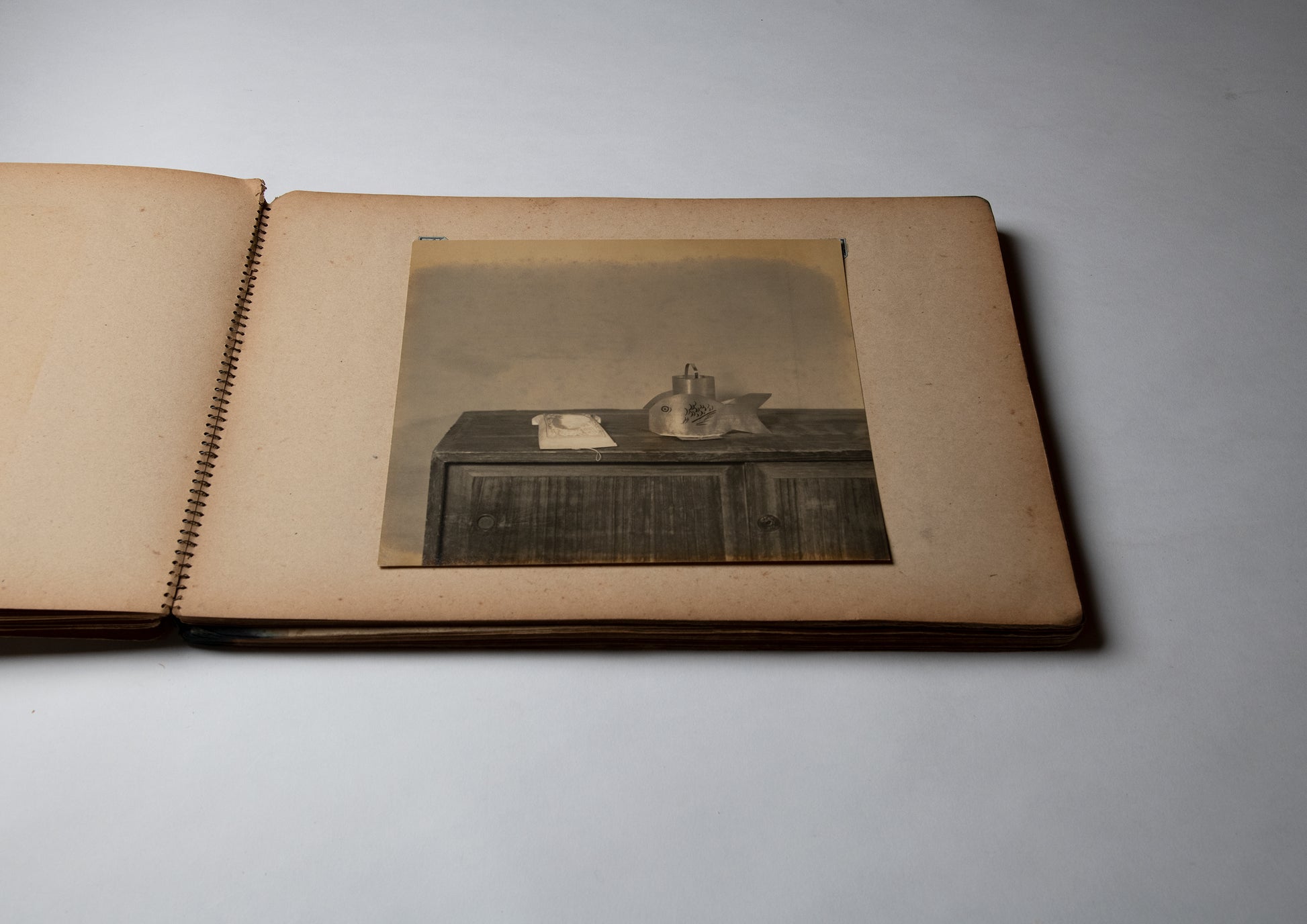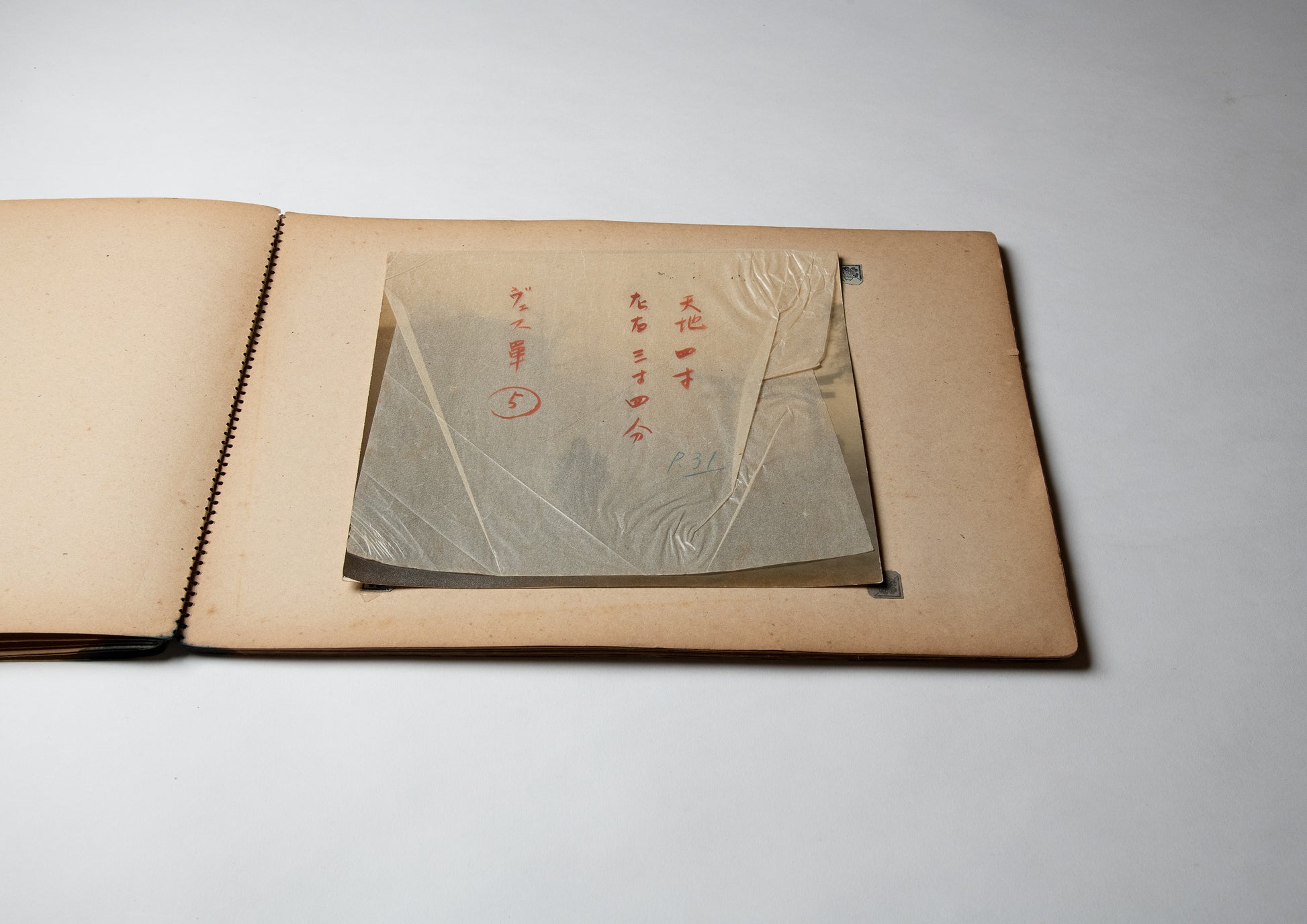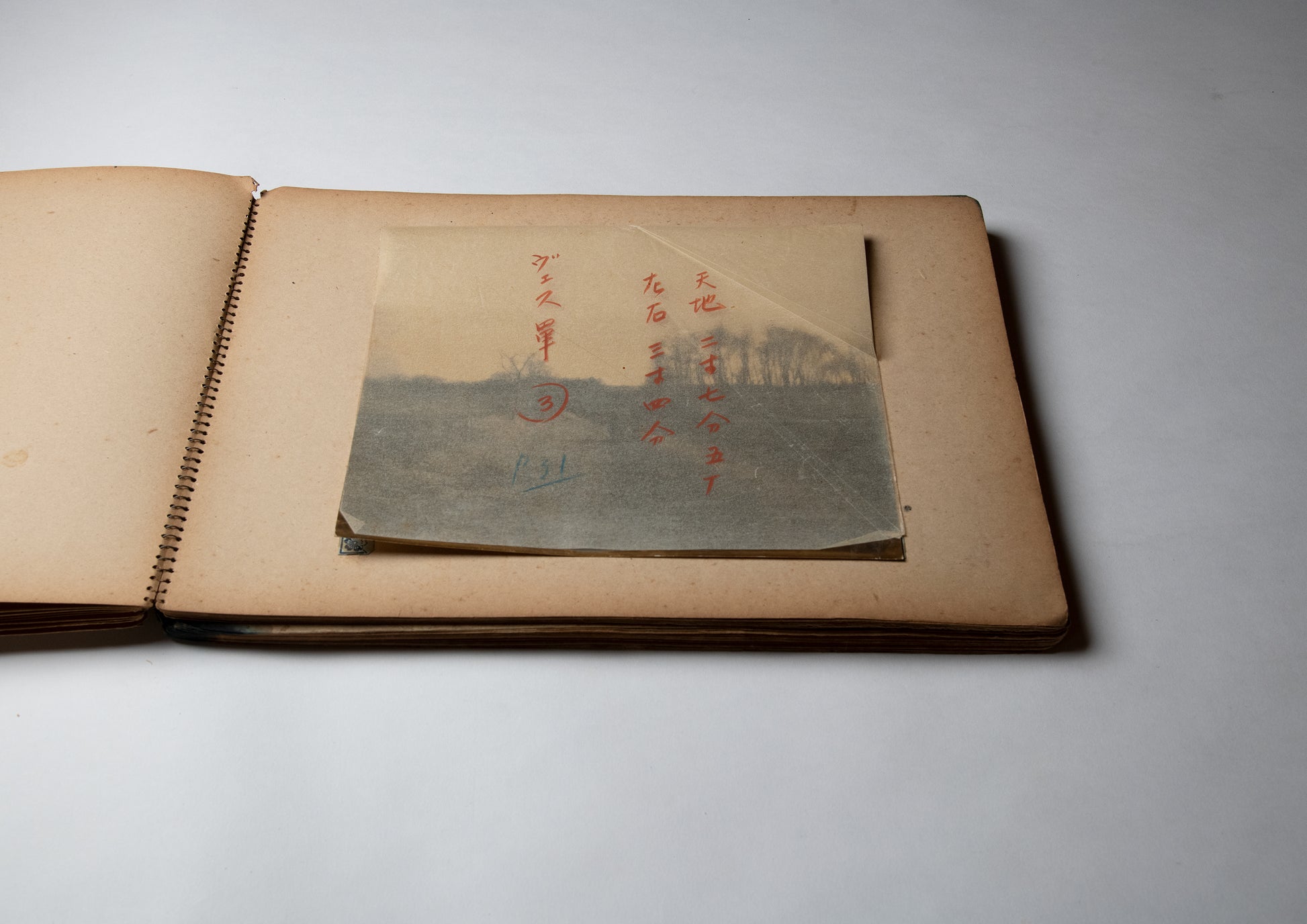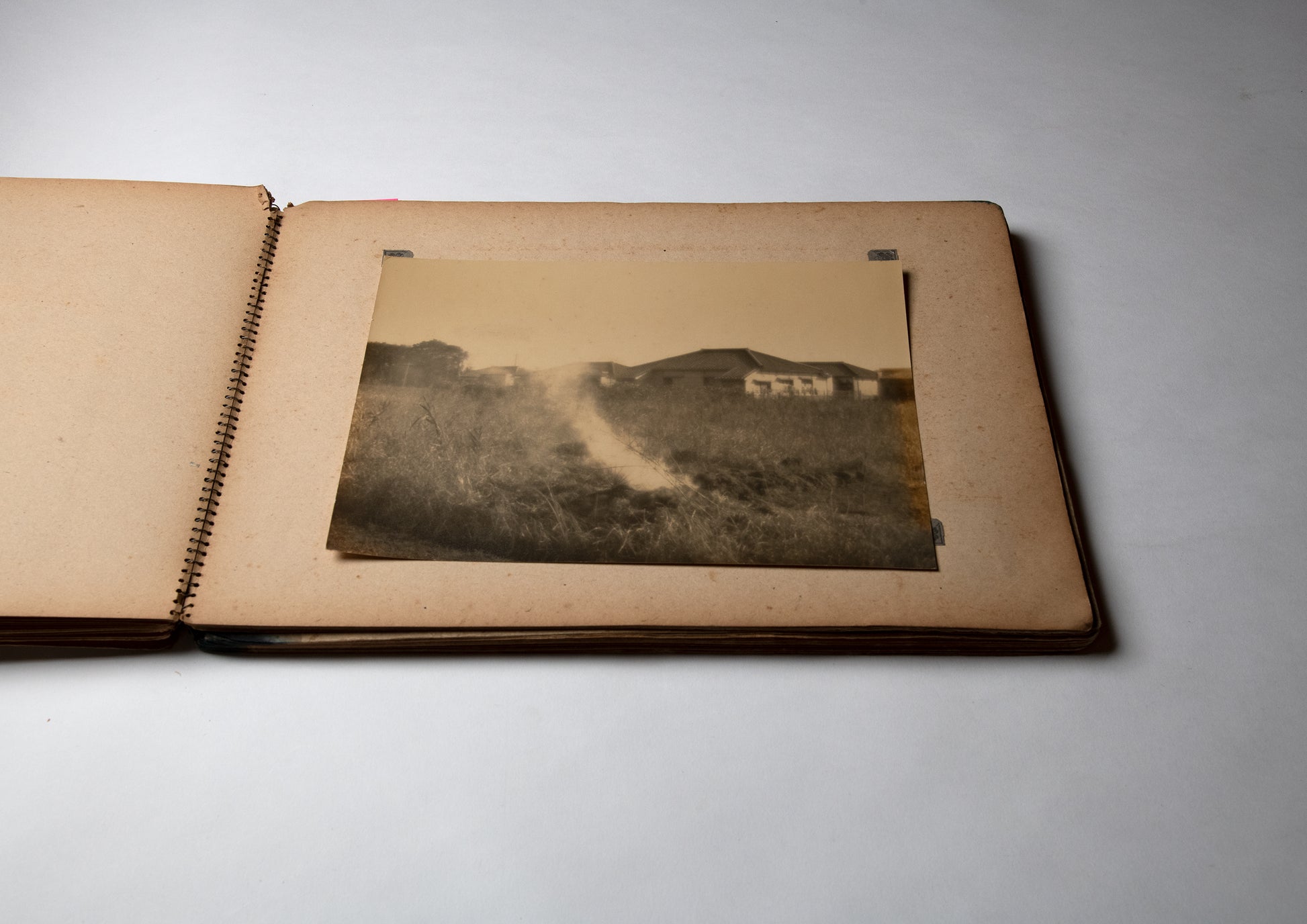Artistic Photography Collection by an Unknown Photographer
Bibliographic Details
- Title
- 無名写真家による芸術写真集
- Images
- 41 photographic prints / 41枚の写真プリント
- Year
- 1939-1942 / 昭和14-17年
- Size
- H240 × W275mm
- Weight
- 1730g
- Pages
- 2 books, 1 set / 2冊組1セット
- Language
- Japanese / 日本語
- Binding
- Ring bound book / リング製本
- Condition
- ファイル(スケッチブック)の余白部にインクシミ有
Around 1940
Taken by an unknown photographer
Traces of the former capital.
Photo albums are one of the things that many people have trouble disposing of when decluttering or cleaning up their homes, and end up being thrown away. Among them, personal albums that trace a person's history from birth to death are the first to be disposed of as soon as they are passed on to a generation that does not know the person directly. I understand that feeling very well. I understand, but I want you to think about this for a moment. The time when amateur photographs were created and left in large quantities as objects with mass, such as negatives, positives, prints, and slides, was at most 50 to 60 years in the 20th century. In the long history of mankind, it is just a brief moment. If you point it out on a timeline, it would be a tiny dot that is scraped with the tip of a sharpened pencil. Under the beautiful name of decluttering, we are steadily reducing the number of media that appeared like this singularity every day. Is it okay to just keep throwing things away?
Every day, a market for secondhand books and antiques is held somewhere in Tokyo, and there are always photographs taken by individuals up for auction, perhaps because of the presence of fellow traders who think like them, or perhaps because of the one in a million chance that they might turn out to be a good buy. To be honest, most of the so-called ordinary photo albums filled with typical commemorative photos of family growth and sightseeing trips are no good. They don't sell, and even if they do sell, they only fetch a small amount of money. I know I'm being bold and saying, "Is it okay to just throw them away?" but unfortunately, the only thing you can do is throw them away.
The photo albums that we secondhand bookshops are excited about in the market are, first and foremost, meaningful as records. For example, there are already many photos taken by soldiers on the battlefields during the Second Sino-Japanese War and World War II that fetch astonishing prices, depending on the quality and the rarity of the subject matter. Also, if a collection of photos of Tokyo around the time of the 1964 Olympics were to come up now, I think you would be prepared to bid for a considerable price. Another thing that cannot be overlooked is photos that have been established as works of art. In particular, there are far fewer secondhand bookshops that pay attention to these photos taken by amateur photographers than there are other bookshops that deal in archival photographs, but there are always multiple tags inside, and I feel a sense of fear and confidence in the presence of other bookshops that cannot be thrown away.
That's a long introduction. This month, I will be introducing a book (actually, a set of two books) that is a collection of landscape photographs taken in Tokyo and its suburbs between 1939 and 1942 by amateur photographers who had photography as a hobby and were conscious of making them "artistic photographs."
In the early days of Japanese photography, when photography became popular among amateurs, a trend arose to create pictorial works using photographs in an attempt to promote the recognition and appreciation of photographs as works of art. These pictorial works, led by photographers such as Shiseido's first president, Fukuhara Shinzo, his brother Fukuhara Misao, Fuchigami Hakuyo, and Nojima Kozo, were called "art photography" and had a great influence on amateur photographers. The characteristics of Japanese "art photography" include the subject being landscapes or nature, the inclusion of elements of Japanese painting, and the emphasis on lyricism. The works of amateur photographer Nishiyama Seijiro, who lives in Okachimachi, Shita-ya Ward, Tokyo City, featured in this article, are typical examples of prewar "art photography" in that these characteristics can be pointed out in every work. In addition, there is a certain level of quality in his works, as seen in the fact that he left behind some of his confident works, with cropping instructions and endorsements, for submissions to camera magazines.
Among the characteristics of his works, the most striking is their lyricism. Works from 1942 entitled "Asakusa Park Hikan Inari, Morning, Mist," which bears traces of having been submitted to the magazine Photo Art, and "Nishiarai," taken the previous year, depicting a beauty salon and what appears to be a public bathhouse, leave a strong impression of confusion for a moment, as if they are from a certain era and are reality or illusion. Moreover, photographs of children taken near Zoshigaya Kishimojin Shrine and Ikegami Honmonji Temple seem to evoke the conversations the children are having and even the anecdotes behind the scenes. The photograph, "Near Warabi Station, Saitama Prefecture, Evening, Cloudy," shows that the "Tagami Transport Department" uses horses instead of trucks for transportation, and "Between Gotokuji and Kyodo on the Odakyu Line" there are only telegraph poles and fields and undergrowth. These photographs are by no means small in their significance as records of the local customs, culture, and human activities that have been completely wiped out from Tokyo and its suburbs over the past 100 years.
As the hot weather passes and the end of the year comes into sight, I imagine many people are thinking, "This year is the year to get rid of clutter." Please take a careful look at the things you throw away and can never get back, and see if they still contain traces of an era that was picked up with the same perspective and sensibility as Nishiyama. This is a heartfelt request from a secondhand bookstore that lives off the memories of an era that is being lost.
